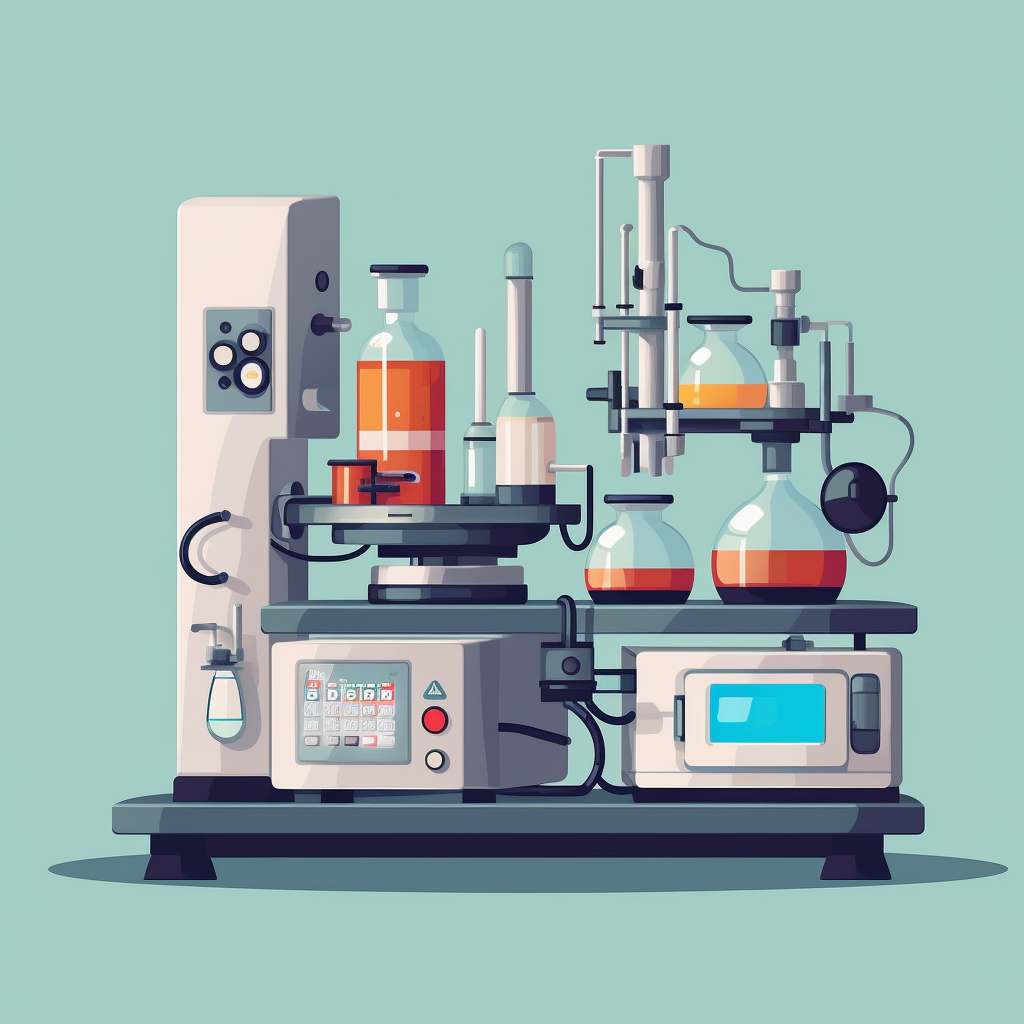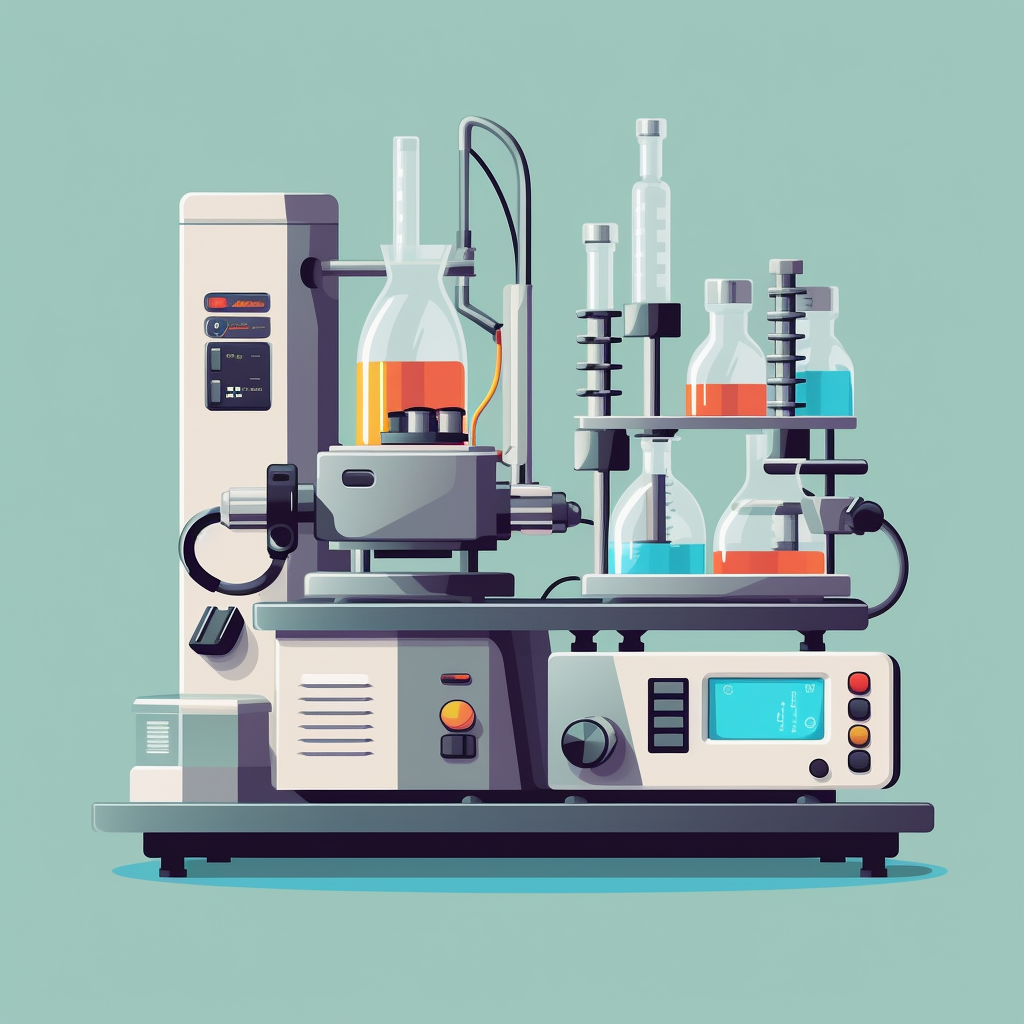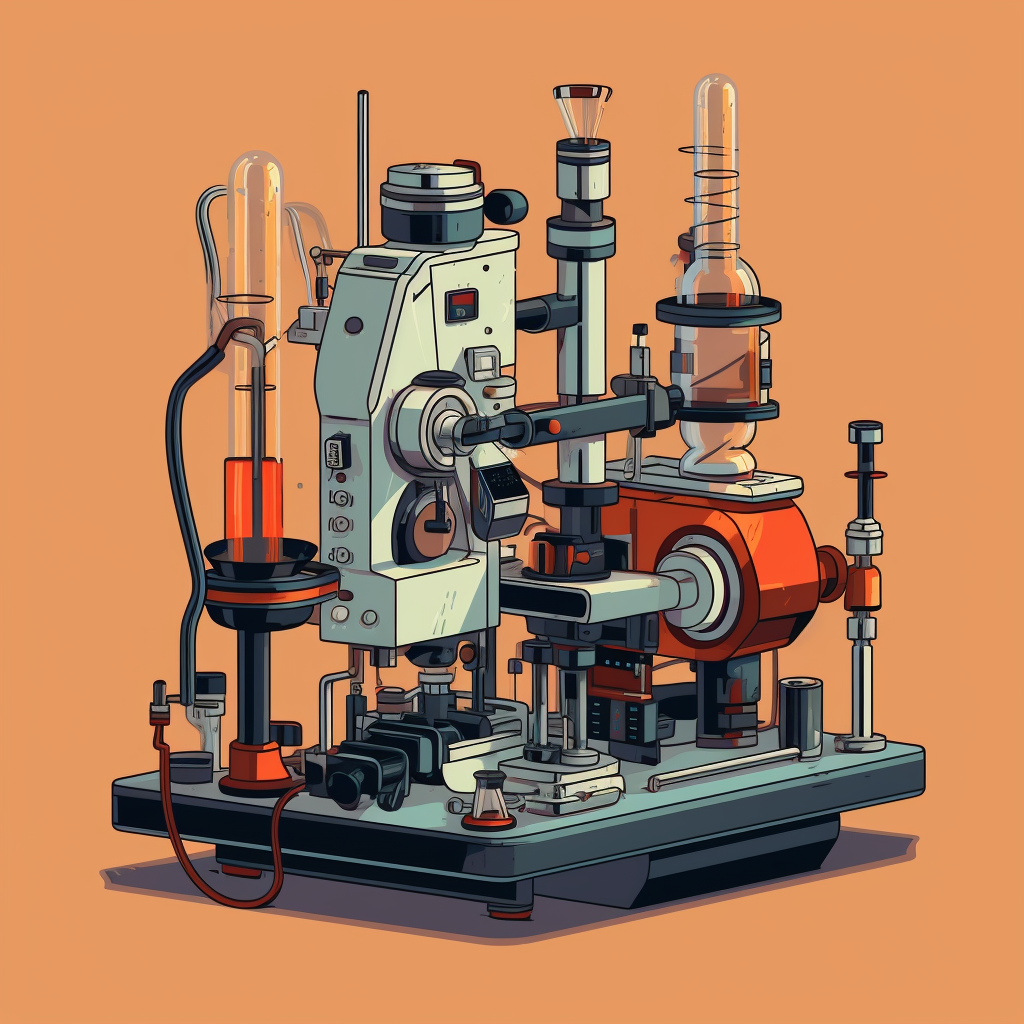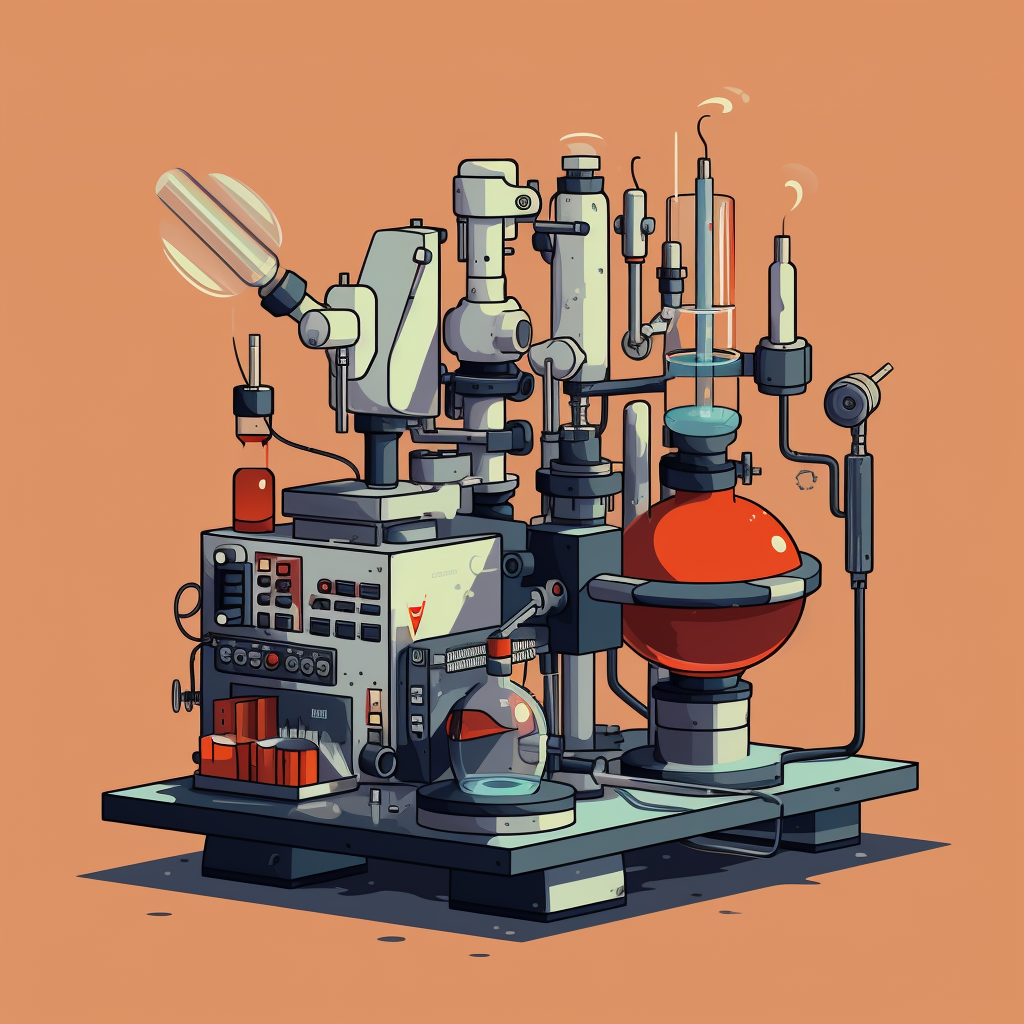BEE VENOM
Your partner for sourcing and selling bee venom
We provide expert guidance on which companies to contact and offer comprehensive assistance with creating the necessary certificates and documents required to succeed in the bee venom industry.
We can also supply high-quality bee venom. Proper documentation is crucial to stand out and increase sales, and we can help with quality assurance, documentation, and analyses. Choose our services for everything you need to succeed in the bee venom industry.
We provide expert guidance on which companies to contact and offer comprehensive assistance with creating the necessary certificates and documents required to succeed in the bee venom industry.
We can also supply high-quality bee venom. Proper documentation is crucial to stand out and increase sales, and we can help with quality assurance, documentation, and analyses. Choose our services for everything you need to succeed in the bee venom industry.
HPLC Analysis
Ensure Top-Quality and Unlock Key Insights
Get a competitive edge in the market and gain valuable understanding of the caliber of your bee venom and its potential market value. The analysis is carried out by an Accredited ISO 17025 Certificated Laboratory, which holds GMP certification and GLP compliance. A minimum of 3g per sample is needed per sample.
Get a competitive edge in the market and gain valuable understanding of the caliber of your bee venom and its potential market value. The analysis is carried out by an Accredited ISO 17025 Certificated Laboratory, which holds GMP certification and GLP compliance. A minimum of 3g per sample is needed per sample.
|
HPLC Analysis Basic 699 €
HPLC Analysis Basic is a reliable and cost-effective solution for individuals looking to analyze their bee venom. With this service, you can accurately determine the concentration of Melittin, a crucial component in bee venom. Using advanced HPLC technology, we guarantee accuracy and reliability in our results. With HPLC Analysis Basic, you'll receive the essential analysis you need to further your research or production.
|
|
HPLC Analysis Premium 985 €
HPLC Analysis Premium offers a comprehensive analysis package for those seeking a thorough evaluation of their bee venom. In addition to determining the Melittin concentration, this service also measures the pH level, water content (H₂O), and identifies water-soluble matter in the venom. The advanced HPLC techniques ensure precise and reliable results, empowering you with valuable insights into the composition of your bee venom.
|
Heavy Metals Analysis
Protect Your Customers from Heavy Metals
Ensure the safety and integrity of your bee venom with our Heavy Metals Analysis service. Heavy metals pose potential risks when present in cosmetic ingredients, and our comprehensive analysis helps you identify and address these concerns effectively. By detecting and quantifying heavy metals such as chromium, arsenic, cadmium, lead, zinc, copper, and mercury, we empower you to take proactive measures to safeguard your products and protect your customers. Trust our expertise elevate the quality of your bee venom. A minimum of 5g per sample is needed per analysis of heavy metals.
Ensure the safety and integrity of your bee venom with our Heavy Metals Analysis service. Heavy metals pose potential risks when present in cosmetic ingredients, and our comprehensive analysis helps you identify and address these concerns effectively. By detecting and quantifying heavy metals such as chromium, arsenic, cadmium, lead, zinc, copper, and mercury, we empower you to take proactive measures to safeguard your products and protect your customers. Trust our expertise elevate the quality of your bee venom. A minimum of 5g per sample is needed per analysis of heavy metals.
Vital Business Documents
|
Boost Your Sales with Proper Documentation 1 999 €
Having the correct documentation before approaching potential buyers will significantly increase your chances to land big contracts. Get the certificates and documents needed for the new cosmetic industry regulations.
When selling bee venom to cosmetic producers, this documentation is required by law, depending on the buyer's jurisdiction. With all required documents finalized, you are ready to start contacting potential buyers. You will get the following custom made vital business documents: ✔️ Absence of Allergens ✔️ Absence of Glycol, Ethers, Phthalates... ✔️ Absence of Palm Oil ✔️ Bee Friendly Collection Method ✔️ BSE-TSE Free ✔️ CoA* ✔️ CMR ✔️ GMO-Free Certificate** ✔️ Heavy Metals Statement* ✔️ Microbiology ✔️ Nano Declaration ✔️ Natural Occurring Statement ✔️ Non-Animal Testing Statement ✔️ Origin Certificate ✔️ REACH ✔️ Safety Data Sheet ✔️ Technical Data Sheet* ✔️ Toxicological Data *HPLC and Heavy Metals Analyses, from within the past year required. **GMO-Free Certificate available if your country or region is GMO-free. After your purchase, you will receive instructions for the screening of heavy metals analysis, along with a few questions you need to answer. |
The Art of Finding Bee Venom Buyers
|
Discover the Secrets of the Cosmetic Industry
This crash course gives away many trade secrets on finding small to large companies in the cosmetic sector and the proven methods for selling bee venom.
Get it now - instant download! |






